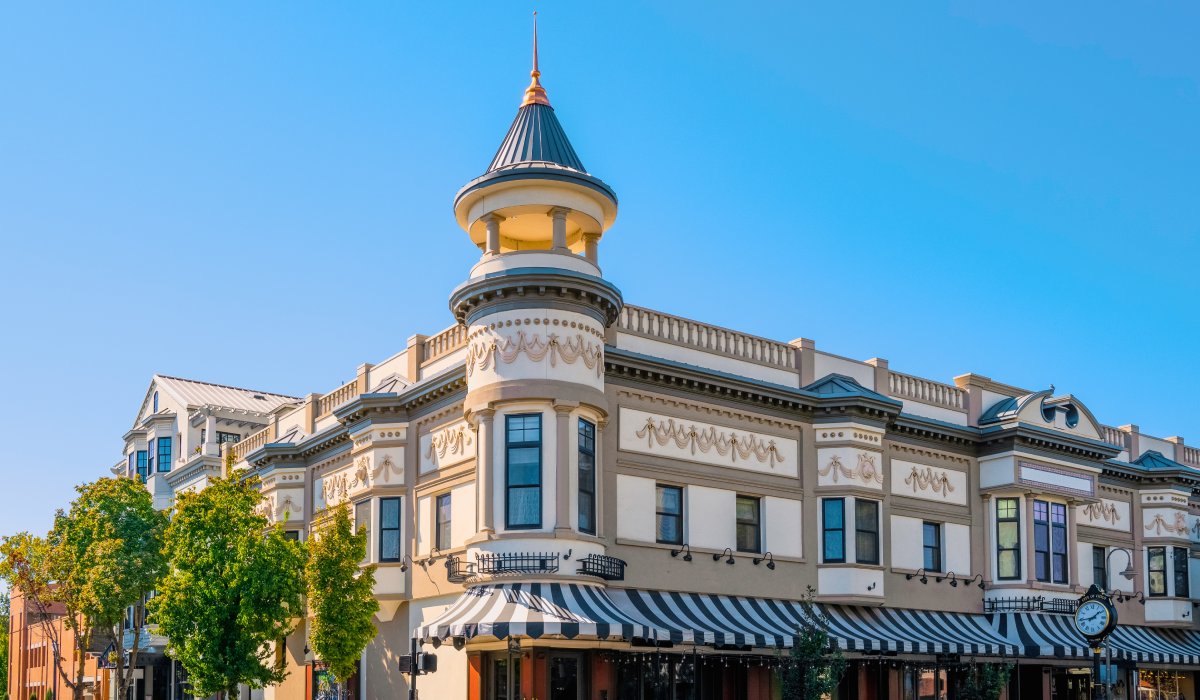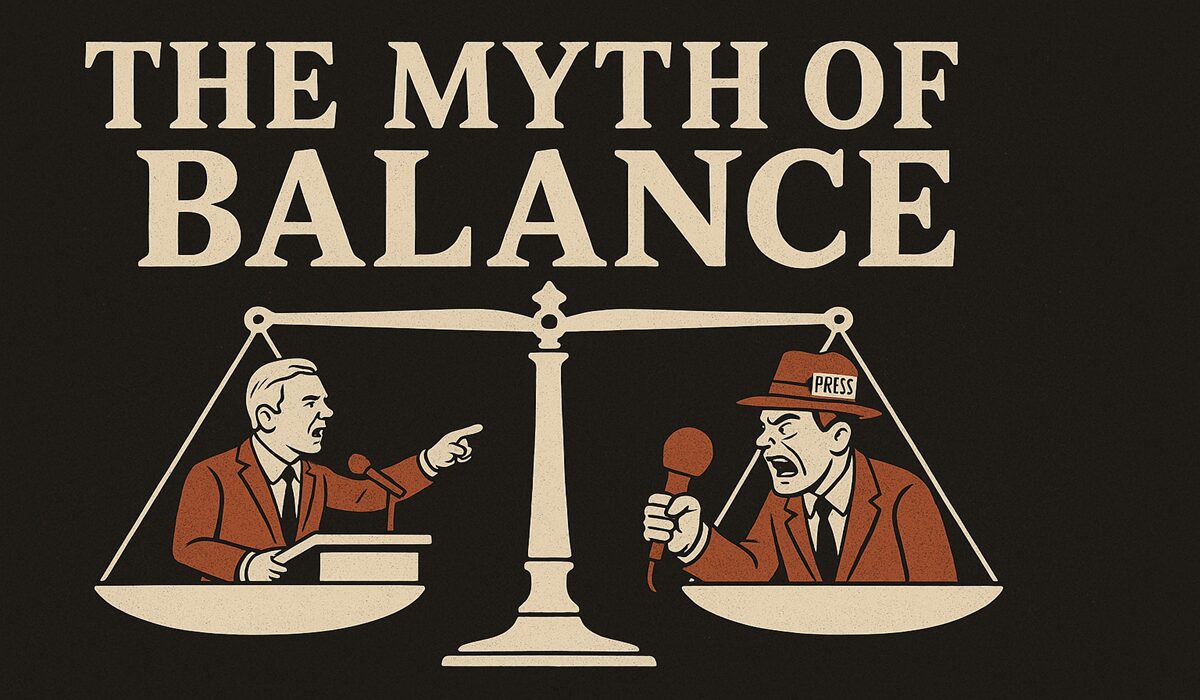Advantages of Historic Building Restoration
- Casey Cartwright
- Business
- D.O.C Supplements - Trending News
- April 9, 2024

On every street corner, in every bustling downtown hub, a piece of history lives in the stonework and grout lining the streets. Restoring these structures isn’t just about maintaining a visual link to our heritage—it’s a resounding statement on the power of preservation. Architecture enthusiasts and real estate investors are finding gold mines in crumbling walls and recognize the vast array of advantages in historic building restorations.
Renovating historic buildings may initially seem like an expensive ode to the past, but the long-term economic benefits are undeniable. Historic structure rehabilitation creates millions of jobs each year, generating even more tangible revenue and growth. The community deeply feels this ripple effect through thriving local economies, an injection of life, and soaring property values. This isn’t just about nostalgia; it’s a sound investment in the future.
The forward-thinking concept of adaptive reuse is a powerful force for good in urban planning. By transforming structures that have outlived their original purpose into vibrant, new spaces, we bridge the gap between generations while reducing waste and environmental impact.
For example, downtown Winnipeg’s historic Hudson Bay Building has sat vacant for years. It will soon be home to bustling retail, office, and residential space, revitalizing the building and the community around it. It’s a canvas for the intersection of past and present and proves that modern life and historic architecture can coexist while flourishing under the ownership of Manitoba’s Indigenous community.
Beyond the raw numbers, an immeasurable cultural value rests on the restoration of historic buildings. These structures are living museums, telling stories of bygone eras and the communities that built them. They remind us of our past and provide a tangible link to shared history. In an age of sterile steel and skyscraper monotony, there’s a growing appreciation for the character and artistry of these aged buildings. They ground us in a sense of place and identity and foster a community pride that transcends infinite glass and concrete high rises.
The essence of a city is more than its skyline—it’s the fabric of its historical details woven into every square foot of space. The advantages of historic building restoration are far-reaching, from tangible economic growth to the intangible cultural richness they offer. The next time you walk by a weathered facade, overlook the ravages of time to see the potential of future vibrancy.








